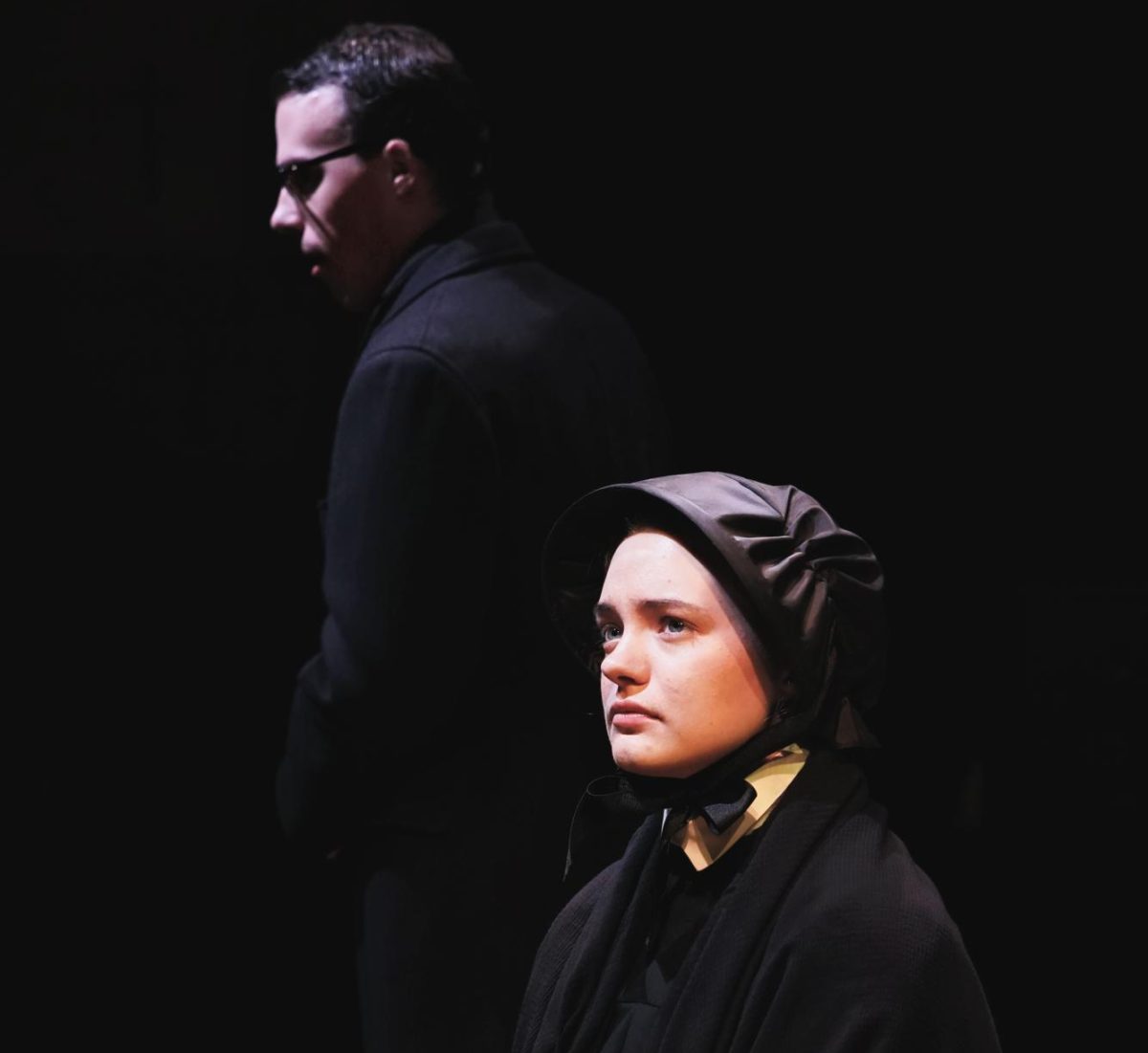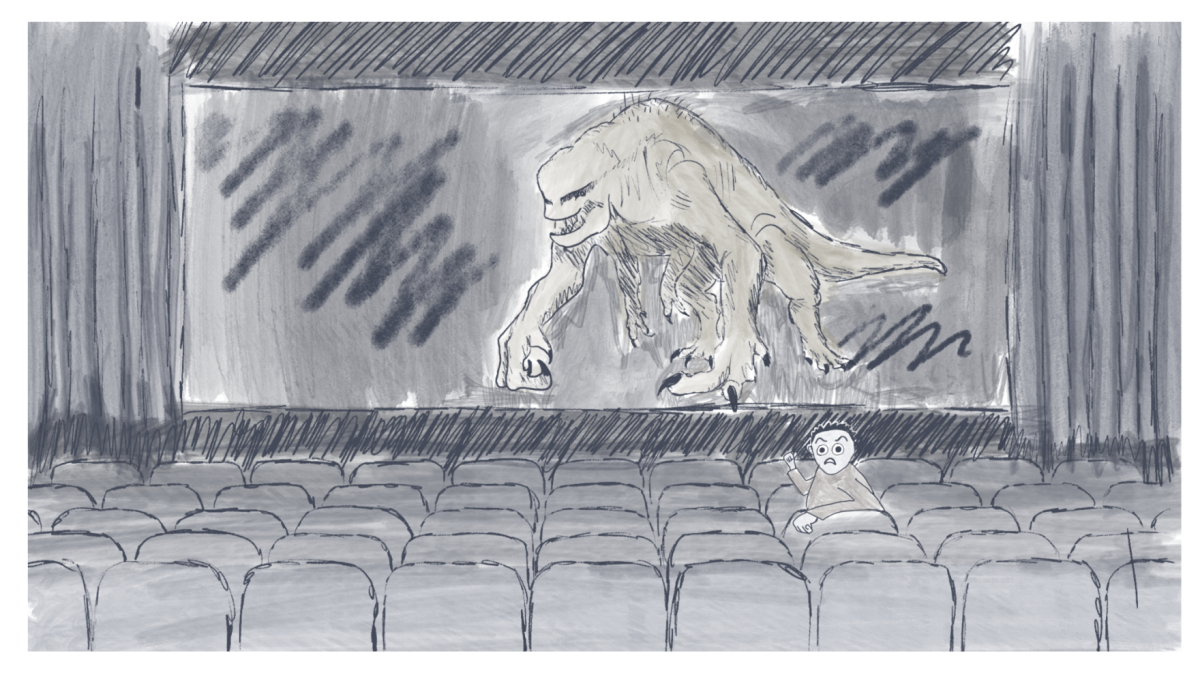Have you heard the sound of 500 voices singing Christmas music as it resonates through the halls of Christiansen Hall of Music? How about the spirited renditions of Christmas hymns spilling out of the orchestra room every Monday, Wednesday and Friday? If you have missed out on these aural treats, then you surely have heard the ground shake as the 500 musicians make their way up to Stav Hall following Christmas Festival rehearsals.
Yes, the holiday season is now upon us, and renowned folk musician Sufjan Stevens has reminded us of that fact with his very recent release of Silver & Gold, a compilation of songs for the Christmas season. Some of you may look back fondly on 2006 – the year he released his previous holiday album, Songs for Christmas. If you are in that boat, then you are in luck. Sufjan’s new album has much the same character of his former compilation and takes even more liberty in his interpretations of classic Christmas tunes.
Stevens impressively creates a cohesive flow among popular tunes, hymns, medieval carols and original compositions. Among the highlights of the album is his rendition of the “Coventry Carol.” This piece was first performed in a 16th century mystery play based on the Gospel of Matthew and depicts the “Massacre of the Innocents,” the night in which King Herod ordered that all male infants in Bethlehem be killed. The carol is a mother’s lament, often performed by children’s choirs and recorder ensembles. Sufjan Stevens, however, sets the piece for a chorus of female voices and strings. The song opens with plucked strings playing the haunting melody in canon, which is then taken up by the women. They are later joined by the eerie and melancholy timbre of a singing saw. It is this choice that makes Sufjan’s rendition so effective: Clearly, the song is far removed from the 1500s but can still evoke an emotional response in its listeners.
It was a fine choice of the artist to incorporate little-known ancient music in his compilation, but in order to make it appealing, it must be balanced by recognizable tunes. Sufjan delivers: Various beloved hymns pop up on the album, one of the most innovative takes being of “Hark! The Herald Angels Sing.” The piece begins with a rag-tag choir of mixed voices, young and old, singing the Christmas classic. Gradually, the musician adds his characteristic spinning electronics and backbeat, turning the reliable old favorite into a fresh and off-kilter, wild piece of music.
On the topic of wild music, one cover on the album sets itself apart from the rest. “Alphabet” is a cover of Prince’s 1988 hit “Alphabet St.” Far from the original upbeat version, Sufjan’s rendering is digitized and funky and gives the listener the impression of being inside a Pacman machine with its 8-bit, antiphonal sounds and retro synthesizer lines. Although the song may in no way be relevant to the holiday season, it is an intriguing choice to throw it into the mix.
This Sufjan Stevens Christmas album would not be a Sufjan Stevens Christmas album without his own works. His whimsical character shines through on tracks such as “Ding-a-ling-a-ring-a-ling” – a lo-fi song about the birth of Jesus Christ featuring a children’s chorus and crashing, often violent, percussion. Memorable lyrics from this song include: “Jesus is the king-a-ling-a-ling-a-ling.”
Sufjan tops off his album with its final 13 minute-long track, an original piece entitled “Christmas Unicorn.” This song is exactly as its title makes it seem. Stevens identifies himself as a Christmas Unicorn over accompaniment typical of his minimalist style – strings, cute wind lines and electronics. There really could be no better way for him to end the journey across time that is Silver & Gold.





